Lockheed P-80 Shooting Star: The Only US Jet Fighter to See Action In WWII – During Secret Operations In Italy
The Lockheed P-80 Shooting Star, also known as the F-80, was the first jet fighter used operationally by the US Army Air Forces. While German jet aircraft, such as the Messerschmitt Me 262, often steal the limelight when discussing World War II-era aviation technology, the P-80 played a significant role in the conflict and helped shape the future of jet aviation.
Development of jet technology during World War II
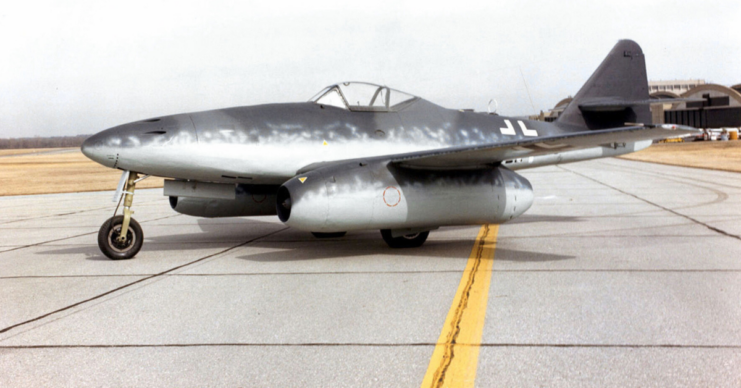
When examining high-tech aircraft from World War II, German designs like the Heinkel He 162 Volksjäger, Messerschmitt Me 262 and Heinkel He 163 Komet usually come to mind. However, the Allies weren’t far behind in jet technology.
The British invented the first turbojet engine, created by Royal Air Force (RAF) officer Frank Whittle in 1930. Whittle’s invention led to the development of the Gloster E.28/39, the first Allied jet engine aircraft, which flew in 1941. The first American jet fighter, the Bell P-59 Airacomet, entered service in October 1942.
While 66 were built, the Airacomet wasn’t used in an operational capacity. The RAF found it to be inferior to the Gloster Meteor, so the American jet fighter was, instead, used to train pilots.
Closing the gap
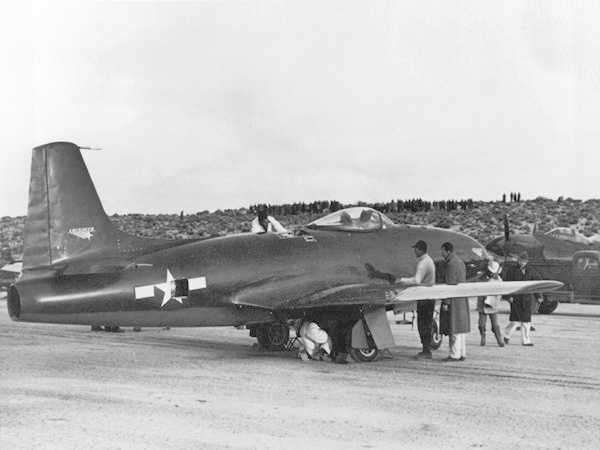
Realizing the need to catch up with the British and Germans, the United States developed the P-80 Shooting Star. Designed by Lockheed, it was the only Allied jet of WWII to have the engine mounted within the fuselage.
The development of the P-80 was driven by the Allies’ discovery of the Messerschmitt Me 262 in spring 1943. The US decided to use existing British jet research and fit the aircraft with the British Halford H-1B Goblin engine, to give the P-80 performance that could match the Me 262.
Work began on the P-80 in May 1943 – without the engine, as it wasn’t yet available from the United Kingdom. Lockheed’s Skunk Works team created the first prototype, named Lulu-Belle, in early 1944. Powered by the British Goblin engine, Lulu-Belle first flew on January 8 of that year, and in further tests exceeded 500 miles per hour, at over 20,000 feet.
Flying secret missions over Italy
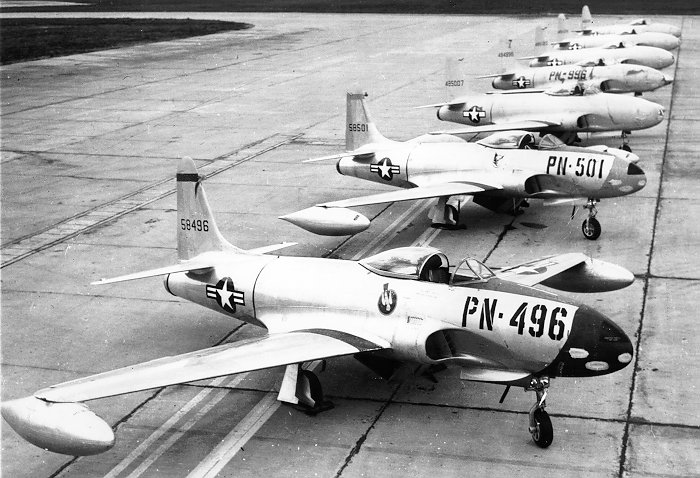
The USAAF was eager to get the P-80 Shooting Star into the war, potentially even seeing combat against the German Me 262. A small unit comprised of just four pre-production YP-80As was dispatched to Europe: two went to the UK for demonstration and familiarization flights, while the others were sent to Italy to join the 1st Fighter Group at Lesina Airfield.
In Italy, the YP-80As faced an interesting situation. The Luftwaffe was already using its own jet aircraft on the Italian front, with Arado Ar 234B Blitz reconnaissance jets running missions over Allied lines. These couldn’t be intercepted by conventional Allied aircraft. The YP-80A had the potential to change the situation.
Officially, a YP-80A attached to the 94th Fighter Squadron flew two operational sorties in Italy. The details of these missions remain unknown, but they were recorded as non-combat.
Lockheed P-80 Shooting Star’s post-war service
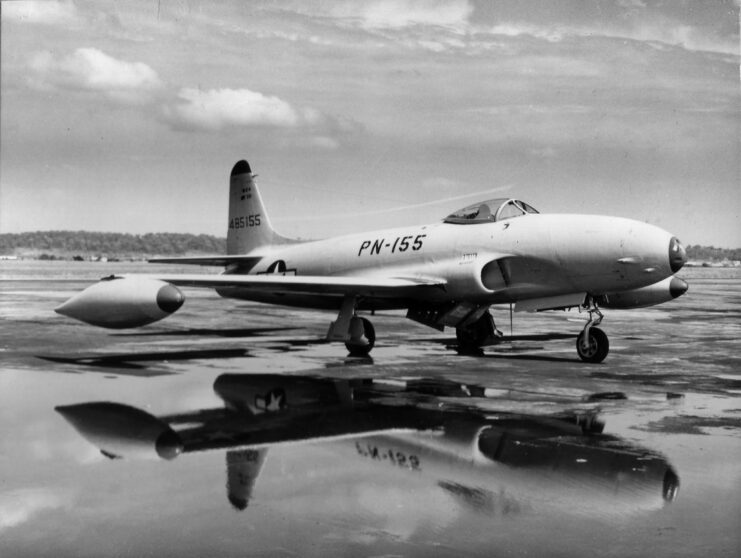
After the war, the P-80 Shooting Star continued to serve in various roles, including as a fighter-bomber in Korea, designated the F-80. Over 1,700 were produced, with the aircraft undergoing several upgrades, eventually evolving into the T-33 trainer, which served with several air forces around the world.
In addition to its operational roles, the P-80 also contributed to aviation history by breaking several records. On June 19, 1947, a P-80R, piloted by Col. Albert Boyd, set a world speed record of 623.73 MPH. It also played a part in the development of aerial refueling, becoming the first jet to be successfully refueled mid-flight in combat.
Lockheed P-80 Shooting Star’s legacy
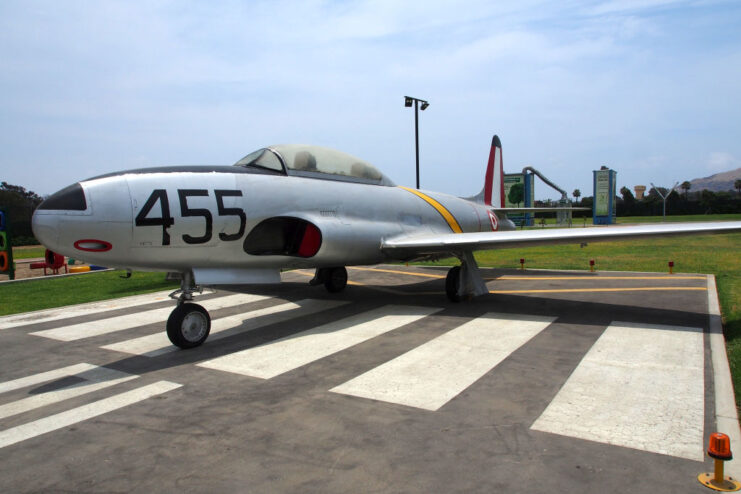
The P-80 Shooting Star played a pivotal role in the advancement of jet aviation in the US and helped shape the future of jet fighters. Although it didn’t see extensive service during WWII, its impact on the development of jet technology was significant. The P-80 demonstrated the potential of jet-powered aircraft and paved the way for the more advanced designs that followed in the coming years, such as the North American F-86 Sabre and the Mikoyan-Gurevich MiG-15.
More from us: Messerschmitt Me 410 Hornisse: The German Bomber Destroyer That Was No Match for Allied Fighters
The aircraft’s development and eventual operational use demonstrated America’s commitment to advancing aviation technology and ensuring air superiority. The P-80 may not be as famous as its contemporaries, but its contributions to jet aviation and the post-war era should not be overlooked.
The post Lockheed P-80 Shooting Star: The Only US Jet Fighter to See Action In WWII – During Secret Operations In Italy appeared first on warhistoryonline.
Post a Comment
0 Comments